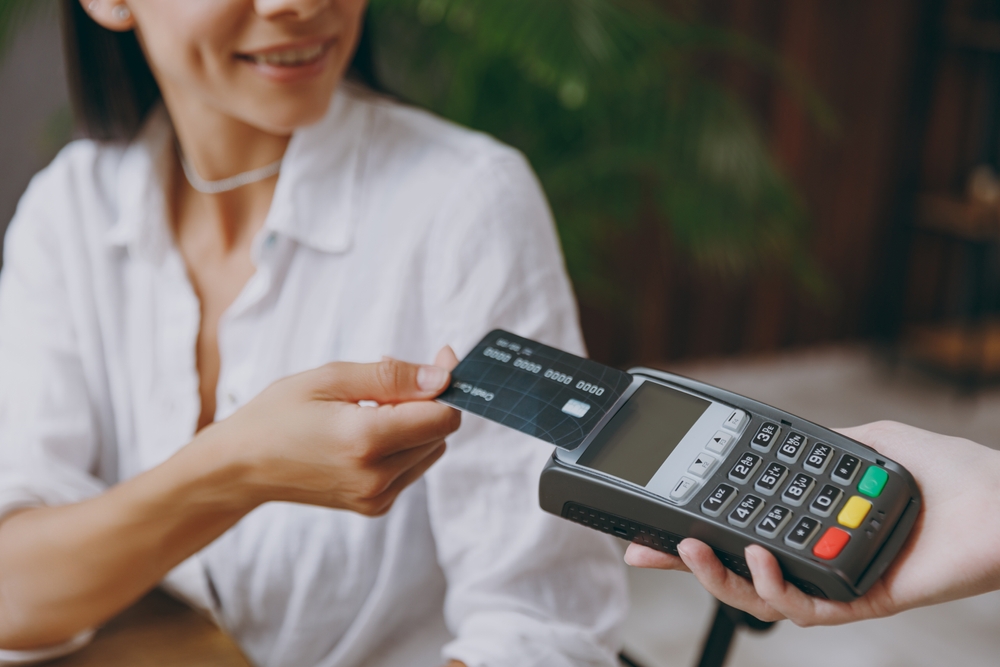Save money on Foreign Transactions by choosing the right credit cards, understanding fees, and exploring smart global payment alternatives.
Understanding Foreign Transactions Fees

When you travel internationally or shop online from stores based in other countries, you might notice charges on your credit card statement labeled as foreign transaction fees. These are fees that your bank or credit card issuer applies when you make a purchase in a foreign currency or through a foreign bank. Even if you pay in your local currency, if the transaction involves a foreign bank, these fees might still apply.
Why Do Banks Charge Foreign Transaction Fees?
Foreign transaction fees help cover the costs related to currency conversion and international commerce. When you make a purchase abroad, the transaction may need to be processed across various banks and currency networks. Banks or credit card companies charge these fees to compensate for the associated processing costs and to generate revenue. Not all cards charge these fees, and some banks offer cards aimed at frequent travelers that waive them entirely.
How Much Do Foreign Transaction Fees Typically Cost?
The standard foreign transaction fee ranges between 2% and 3% of the purchase amount. This percentage is often a combination of fees from the transaction network (like Visa or Mastercard) and additional fees from your bank or card issuer. For example, if your card has a 3% fee and you spend $500 abroad, you would incur $15 in foreign transaction fees.
Identifying Foreign Transaction Fees on Your Credit Card Statement
When you receive your credit card statement, you can identify foreign transaction fees by looking for a separate line item next to the international purchase. It will usually indicate the fee as a percentage or a specific amount. Some banks may bundle these fees within the total transaction amount, so it’s important to read the statement carefully.
Reducing the Impact of Foreign Transaction Fees
- Choose a credit card that doesn’t charge foreign transaction fees. Many credit card providers offer travel-focused cards with no fees for international purchases.
- Consider using local currency for transactions when traveling abroad. Some merchants offer dynamic currency conversion, allowing you to pay in your home currency, but this often comes with additional costs that aren’t immediately apparent.
- Use banks that are part of global networks or alliances for ATM withdrawals. They might offer fee-free withdrawals or lower costs.
Alternatives to Using Traditional Credit Cards
Prepaid travel cards and digital wallets offer alternative solutions. Prepaid travel cards allow you to load money in multiple currencies, usually with lower fees. These cards are not connected to a bank account, which can limit risk if lost or stolen. Digital wallets provide another option, allowing you to pay internationally without pulling a credit card for every purchase.
Impact of Foreign Transaction Fees on Regular Travelers
For frequent travelers, foreign transaction fees can accumulate quickly. Understanding these fees can help in managing travel budgets more effectively. Selecting travel credit cards with no foreign transaction fees can yield savings in the long run. Also, being mindful of withdrawal limits and charges at international ATMs is crucial.
The Differences Between Foreign Transaction Fees and Currency Exchange Fees
Foreign transaction fees differ from currency exchange fees, which are charges added when you convert money from one currency to another. Each has separate rates, and both can apply simultaneously when purchasing abroad. Currency exchange rates fluctuate, influencing the total cost of international purchases. Learning to differentiate between these can help in planning and reducing international expenditure.
Researching Your Card’s Foreign Transaction Fees
- Review your bank or issuer’s website and literature for details on fees.
- Contact customer service for specific inquiries or guidance on avoiding fees.
- Examine credit card agreements received when signing up for these terms.
When Foreign Transaction Fees Are Worth the Cost
Sometimes, paying a foreign transaction fee might be worthwhile. Purchasing unique local goods or making one-time necessary buys might warrant the additional cost. Convenience factors in when you’re in remote locations where alternative payment methods are not feasible.
How Businesses Charge, Collect, and Process Foreign Fees
Businesses rely on their banks to process international transactions. Banks then charge them a percentage or a flat fee. Some businesses might include these costs in their pricing, while others charge customers separately. Analyzing receipt details or asking merchants about their policies can clarify how these fees are managed.
Future Trends In Currency Transactions and Fees
The growth of cryptocurrency and blockchain technology is reshaping transaction landscapes and could influence the future of foreign transaction fees. As these technologies evolve, they might offer new ways to bypass traditional banking systems. This evolution holds the potential for reducing or altering how fees are levied and processed.





